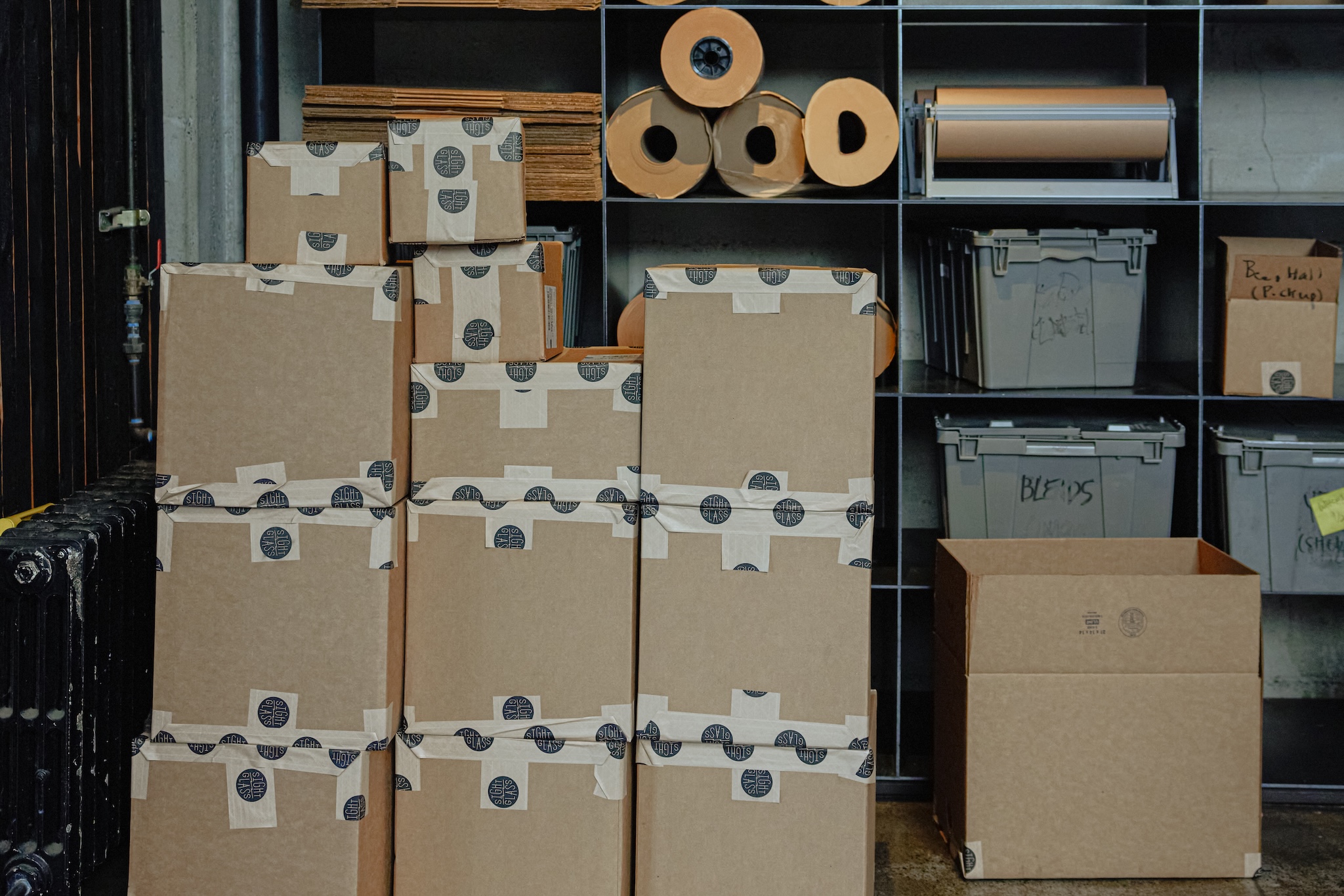

If you run a retail store, you’re going to be holding inventory. Depending on your business, that inventory might be final products like pottery or linens, or raw materials like lumber or wool. Either way, you don’t receive revenue until you turn over, or sell, those goods. Your inventory turnover ratio can impact the amount of profit you have flowing through your business and determine whether you’re able to meet the demand for your products.
Having strong visibility into inventory turnover is helpful for a handful of reasons. Inventory turnover ratios can inform how you forecast sales for your business and reveal cracks in your inventory management processes. And once you get a handle on a few numbers, the ratio is easy to calculate.
What is inventory turnover?
Inventory turnover is the rate at which inventory turns over, or the rate at which you can sell goods to customers. It’s typically represented as a number, not a percentage. A lower number means that a particular stock keeping unit, or SKU, is not selling quickly or is no longer in demand. A number that’s too high means that you aren’t stocking enough of an item and indicates you could be missing out on potential profits.
It’s important to note that inventory turnover ratios are usually calculated at the SKU level but can also be aggregated to find the turnover rate for your entire stock.
Why is inventory turnover important?
Similar to revenue growth, profit margin, and other business metrics, the inventory turnover ratio helps you measure performance and better understand how your products are selling. When you’re choosing which units to sell each quarter or each year, it’s crucial to know if a product is flying off the shelves and should be stocked more regularly or if another product is idly gathering dust.
Carrying costs, or how much you spend to keep items in warehouses or keep them maintained while they await a sale, can add up. A low ratio can point to weak sales for an item, so it’s helpful to reassess whether that item is worth the associated carrying costs of storing and transporting it. Maybe it’s time to stop stocking that particular product, or maybe you need to rethink your pricing strategy to prevent those SKUs from piling up.
How do you calculate inventory turnover ratio?
To calculate inventory turnover ratio, you look at two key pieces of data. These metrics should be easy to find in your business’s income statement, your profit and loss statement, or in your customer relationship management software (CRM).
- Cost of goods sold: This figure measures the direct cost of the inventory that has been sold by your business. It’s a major factor in your profitability and essentially amounts to what you spend in order to keep and maintain inventory. Don’t make the mistake of assuming the cost of goods sold is just what you paid the supplier. This cost also includes what you may spend on storing those goods, packaging, and any additional labor involved in selling those products.
- Average inventory: This number gives you insight into the mean value of your inventory during a certain period of time. A business uses this to accurately guess how much inventory it has available. To find your average inventory over a month-long period, it’s a simple calculation of the cost of your beginning inventory plus your ending inventory, then dividing that number by two. If you had inventory at the beginning of the month that was $2,000 and the inventory value at the end of the month was $4,000, then your average inventory for the month was $3,000 in value.
Then, to calculate the inventory turnover ratio, take the cost of goods sold and divide it by the average inventory. (This can be done for a specific SKU or your entire stock depending on the insights you’re seeking.) The number you get represents how many times your inventory was sold and restocked over a certain time period.
Imagine your cost of goods sold is $25,000 and your average inventory is worth $5,000. Your inventory turnover ratio is 5, which means you turned over your inventory and replaced it five times in the past month.
What is a good inventory turnover ratio?
Now that you have a number for your inventory turnover, how do you know if that number is good or bad? That depends on your industry and the goals you have for your business. The ideal inventory turnover for an e-commerce business is an annual ratio between 4 and 6. If you’re operating in a high-volume, low-profit-margin business, like selling women’s yoga pants, your monthly or annual turnover ratio will likely be much higher than a low-volume, high-profit-margin business, like one that sells aircraft engines for recreational planes.
How to manage your inventory turnover ratio
Let’s say you don’t like your inventory turnover ratio. Perhaps you think it should be higher, meaning that you’re moving items too slowly, or you’ve decided that it should be lower, which means you’re not keeping up with the demand for your products.
To increase an inventory turnover ratio, revisit how you’re pricing your products. Are the prices competitive enough when compared to similar products on the market? See if you can lower prices with a sale or discount—as long as the price still covers your costs. Find a way to charge a fair price compared to the value of your product even if that means exploring cheaper suppliers or manufacturers.
If changing your pricing or lowering your costs isn’t an option, then invest in stronger marketing or find ways to revitalize your excess inventory. There’s likely a key differentiator that justifies the higher price for your product, whether it’s the quality of materials or craftsmanship, and perhaps your shoppers need greater awareness of those differentiators to move products. Another option is simply stocking less of a certain product.
Some businesses might have the opposite problem: Inventory turnover is too high, and they want to lower it. If a customer consistently sees that products are out of stock, they will inevitably feel frustrated. To slow down inventory turnover, you can reevaluate the quantities of inventory you purchase at one time. That quantity might need to be increased to meet the demand for your product.
There’s also the possibility that your products can’t stay on the shelves because they’re underpriced compared to competitors’. Examine whether your prices might be too low and if that’s impacting your profitability.
Inventory turnover ratio can tell you at a glance how much you’re selling and how quickly. So stay on top of it to keep the right amount of stock on the shelves and keep shoppers happy.
Faire offers financing to new brick-and-mortar retailers through our exclusive Open with Faire program. Get up to $20,000 in new inventory and pay 60 days later. Learn more and apply here.





